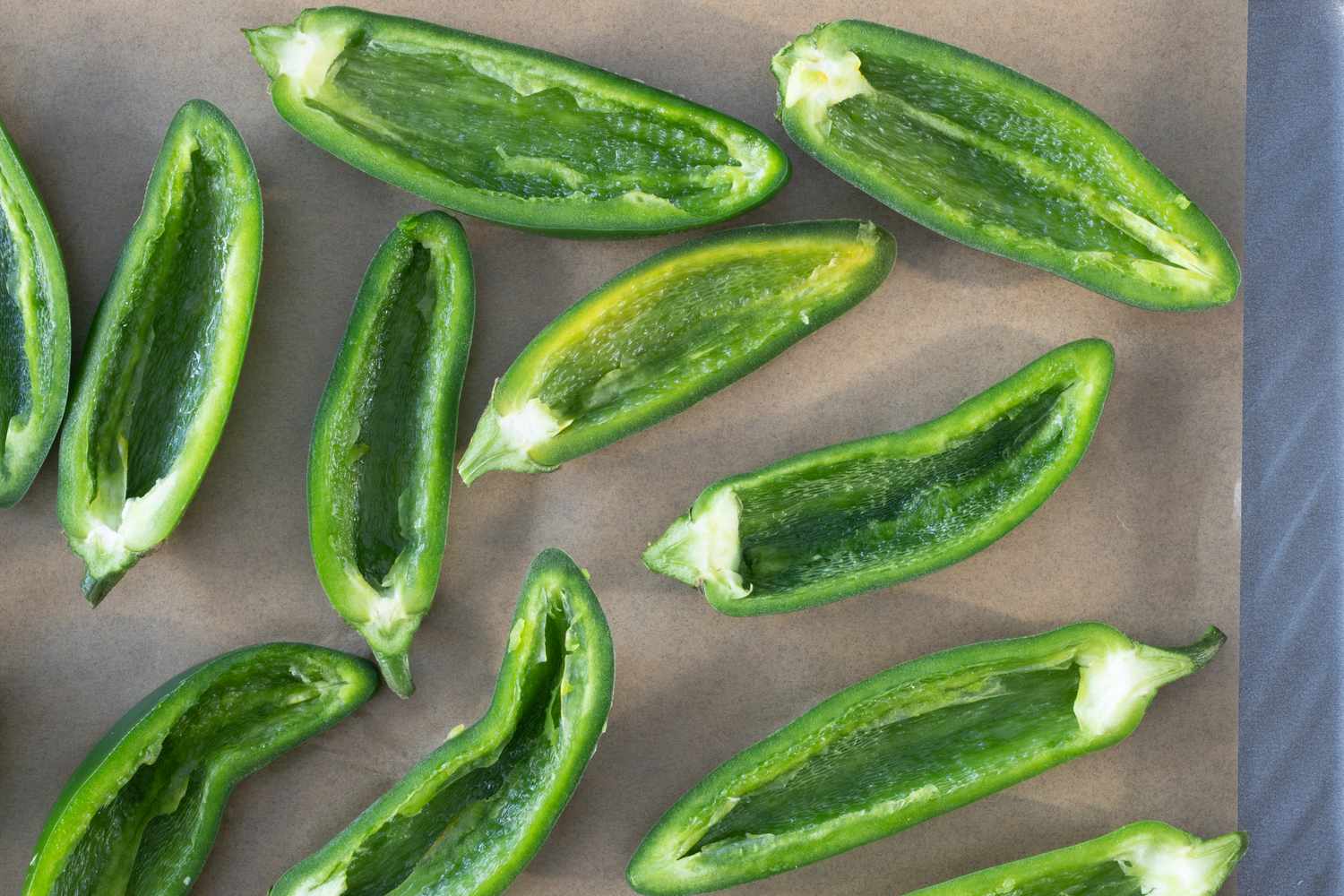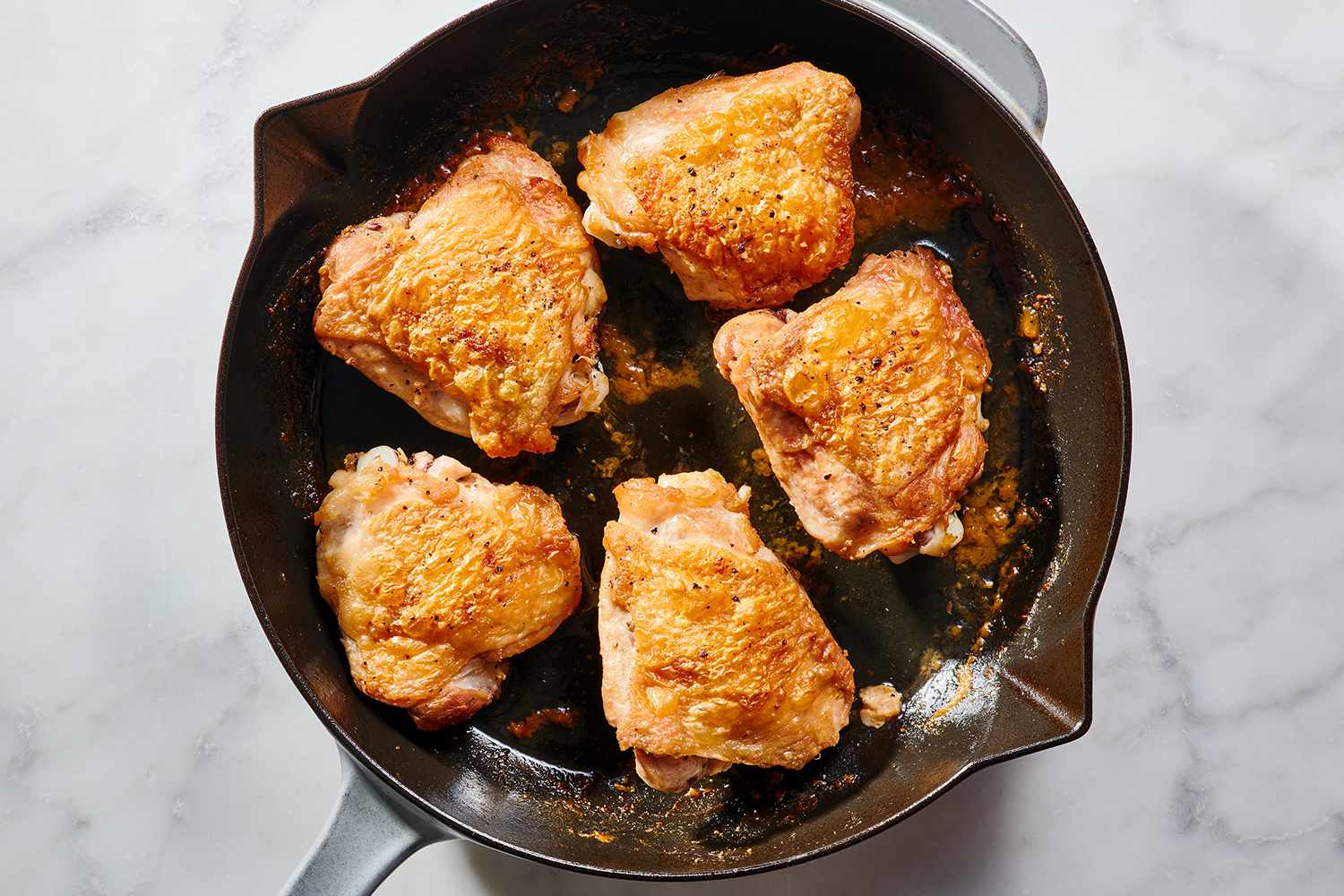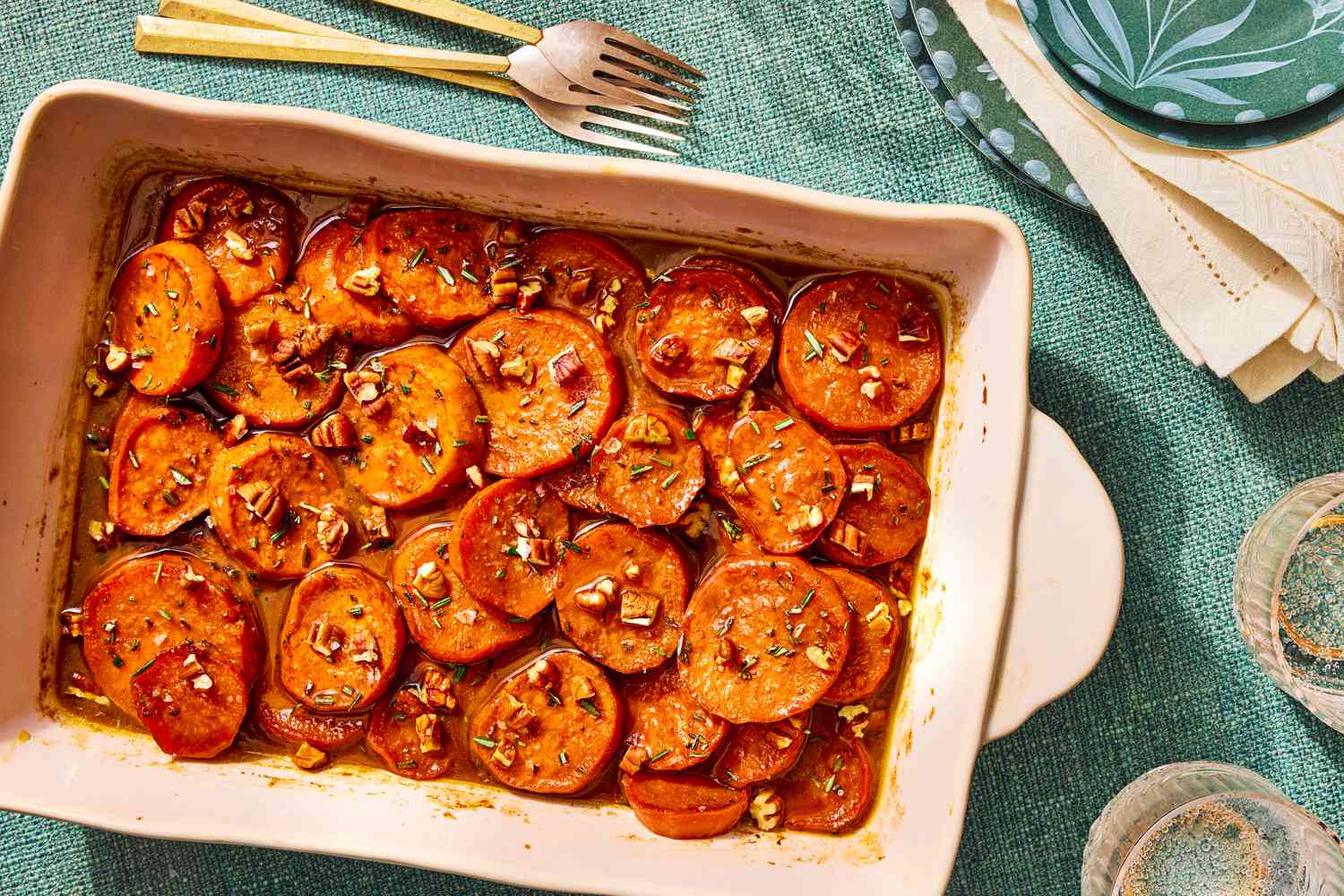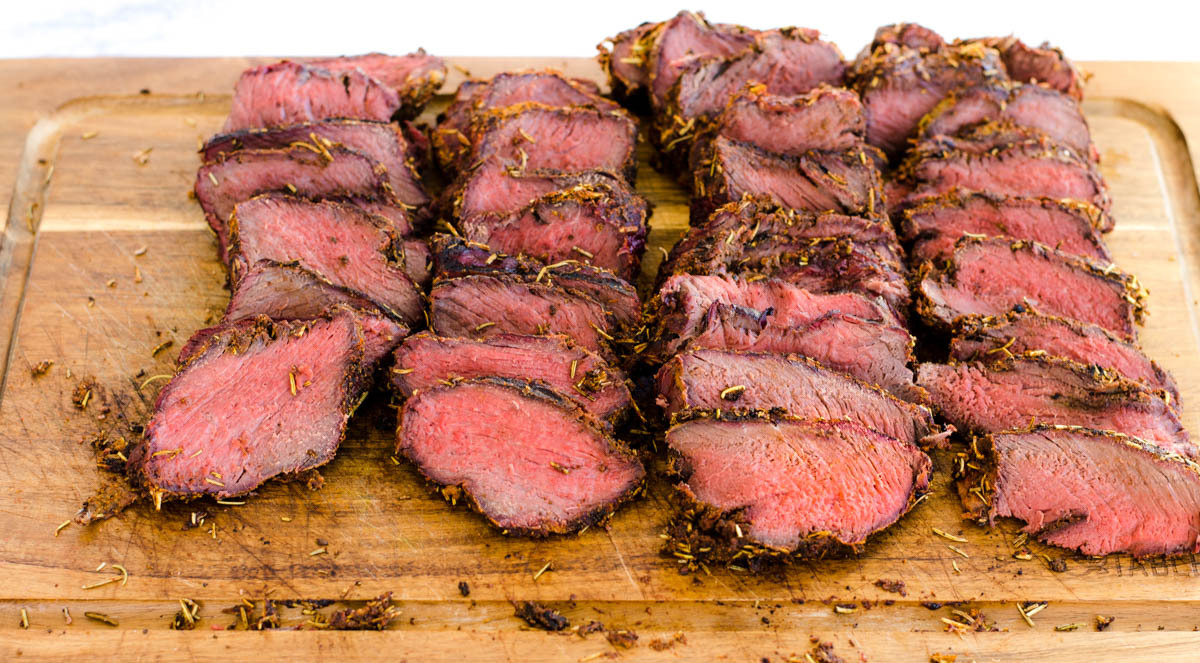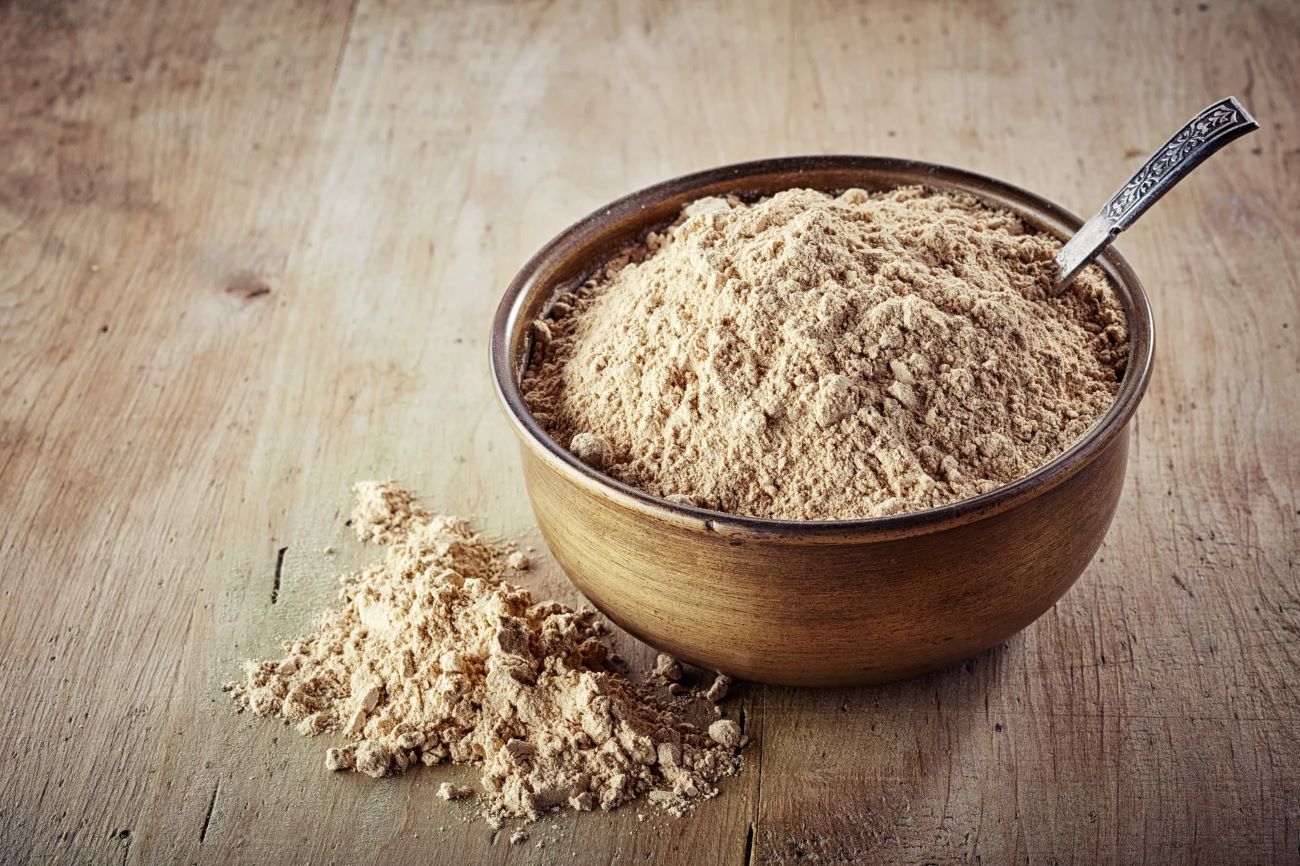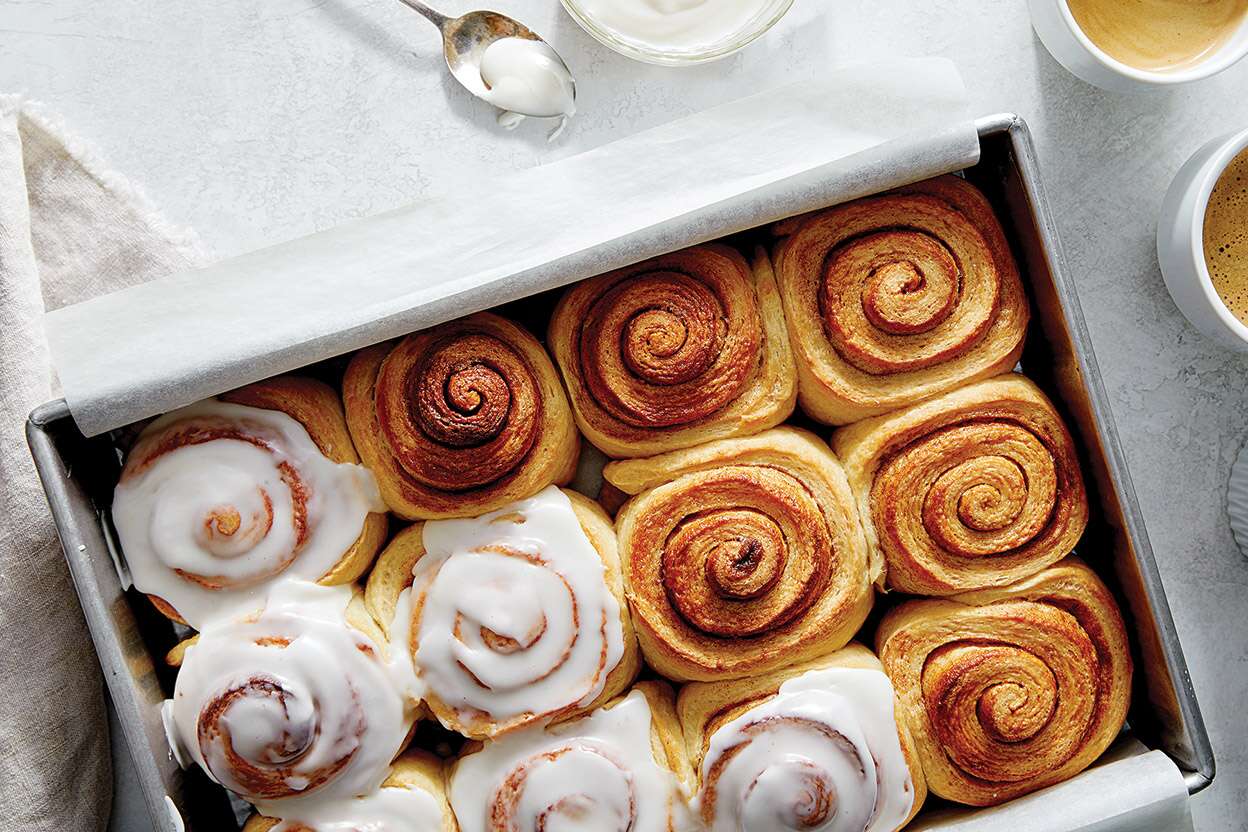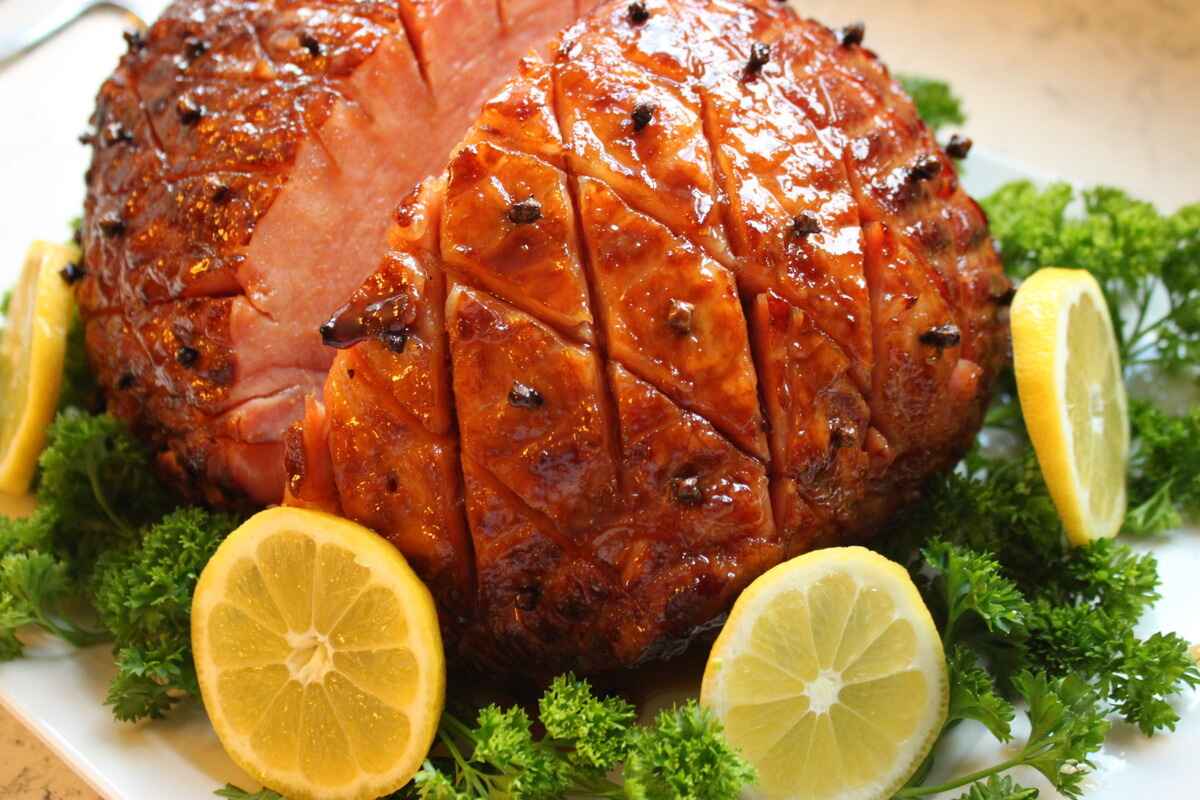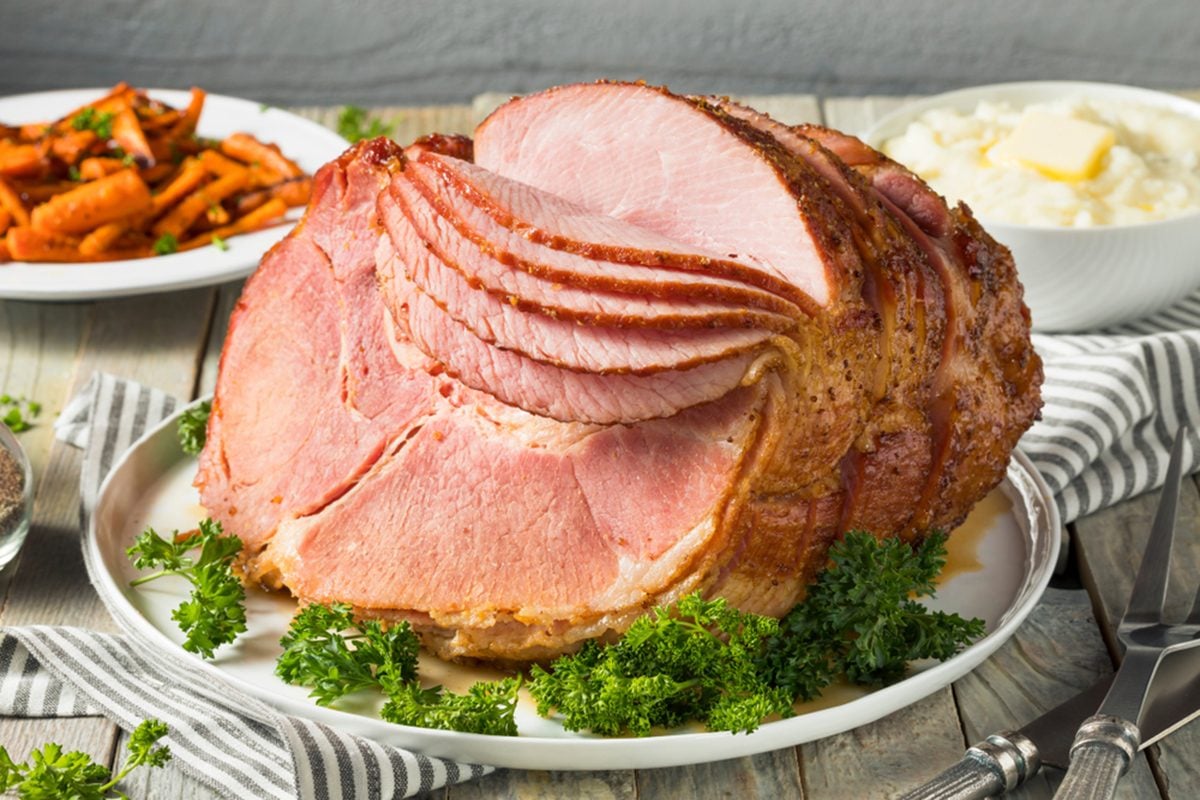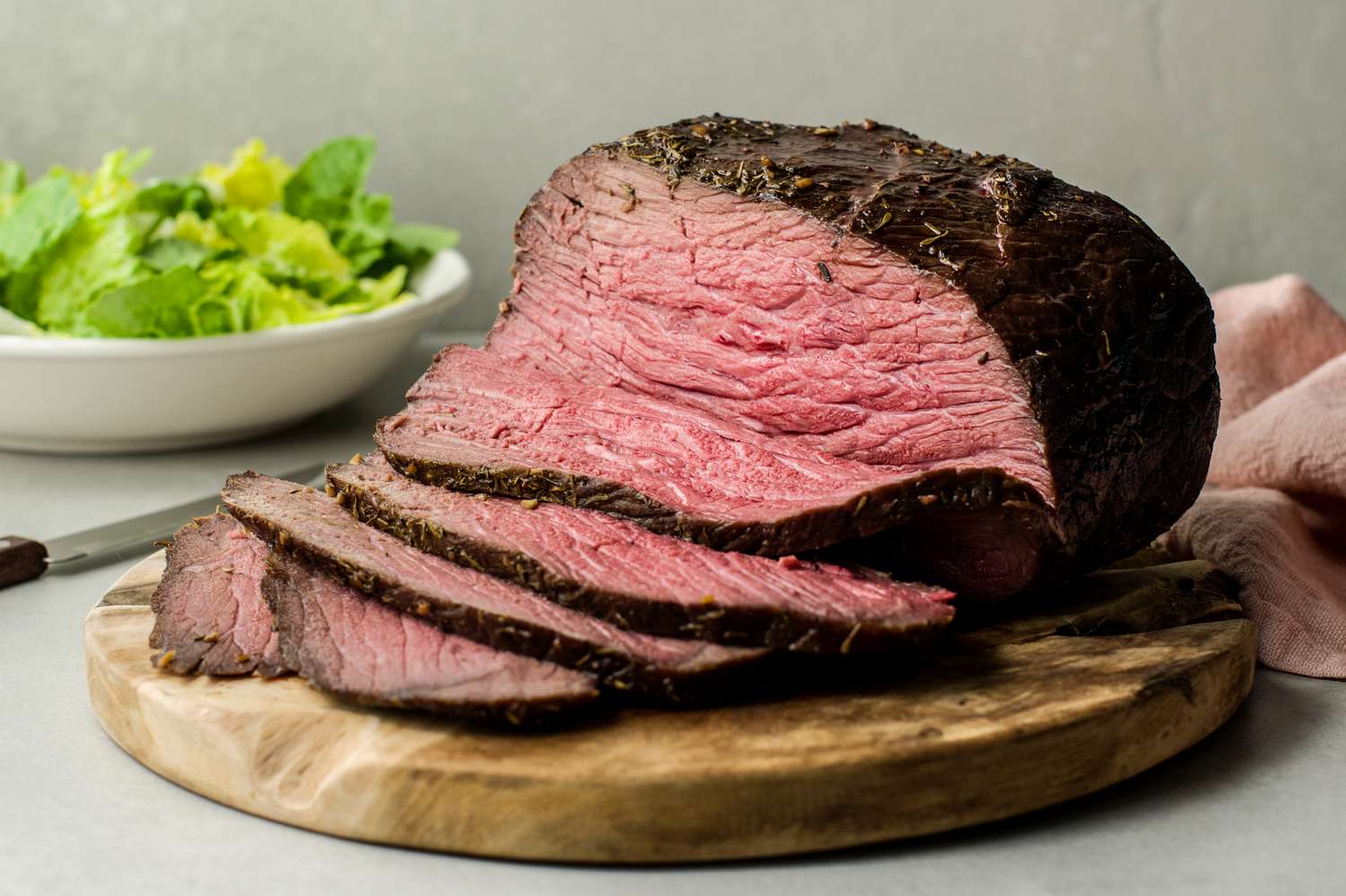How to Brew Your Own Belgian Dark Strong Ale
Are you a fan of bold, rich, and complex beers? Look no further than the Belgian Dark Strong Ale. With its deep mahogany color, high alcohol content, and intricate flavors, this beer style is a favorite among beer enthusiasts. If you’re ready to take your home brewing skills to the next level, we’ve got you covered with this step-by-step guide on how to brew your own Belgian Dark Strong Ale.
What You’ll Need
Before we jump into the brewing process, ensure you have the following equipment and ingredients:
- A large brew kettle (at least 8 gallons capacity)
- A fermenter with an airlock
- A thermometer
- A hydrometer
- A siphoning tube
- A racking cane
- A brew spoon
- A mesh bag for grains
- Malted barley
- Specialty grains such as Munich malt or caramel malt
- Hops
- Belgian yeast strain
- Dark candi sugar
- Water
The Brewing Process
Now that you have everything you need, let’s dive into the brewing process:
- Mashing: Start by heating water in your brew kettle to reach a temperature of around 152°F (67°C). Add your crushed malted barley and specialty grains in a mesh bag and steep them in the water for about an hour. This process, known as mashing, extracts the fermentable sugars from the grains.
- Sparging: After the mashing process, remove the grains from the kettle and set them aside. Now it’s time to sparge. Slowly pour hot water over the grains to rinse off any remaining sugars.
- Boiling: Once the sparging is complete, bring the liquid (also known as wort) to a rolling boil. This is where you’ll add your hops and dark candi sugar. The hops will add bitterness and aroma to balance the malt sweetness, while the dark candi sugar will contribute to the deep color and complexity of the beer.
- Fermentation: After boiling, cool down the wort and transfer it to your fermenter. Add your Belgian yeast strain and seal the fermenter with an airlock. Place it in a cool, dark area and let the yeast work its magic. Fermentation usually takes about two to three weeks.
- Bottling: Once the fermentation process is complete, it’s time to bottle your beer. Add a small amount of priming sugar to each bottle to provide carbonation. Fill the bottles, seal them with caps or corks, and let them sit for another couple of weeks to condition.
- Enjoy: Finally, the moment you’ve been waiting for! Crack open a bottle of your homemade Belgian Dark Strong Ale and savor the fruits of your labor. The beer should have a deep maltiness, hints of dark fruits, and a warming alcohol presence.
Remember, brewing takes practice, so don’t be discouraged if your first attempt isn’t perfect. Experiment with different variations and ingredients to find the recipe that suits your taste. With time and dedication, you’ll be able to brew the perfect Belgian Dark Strong Ale that will impress your friends and family.
So, what are you waiting for? Roll up your sleeves, gather your brewing equipment, and embark on the journey of creating your own Belgian Dark Strong Ale. Cheers!
Was this page helpful?
Read Next: How To Fry Pickles In Air Fryer



